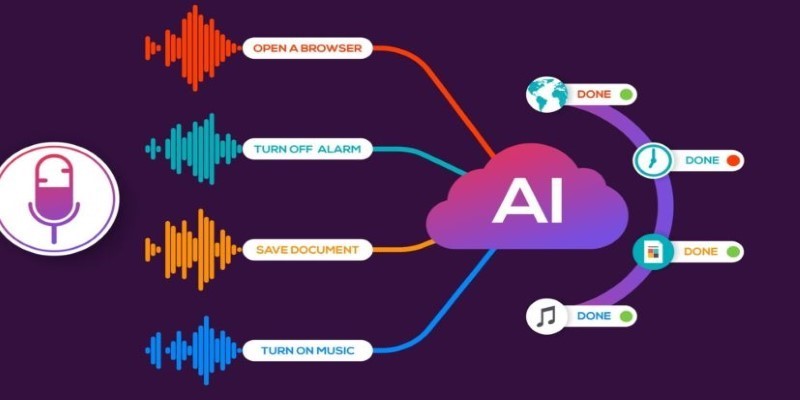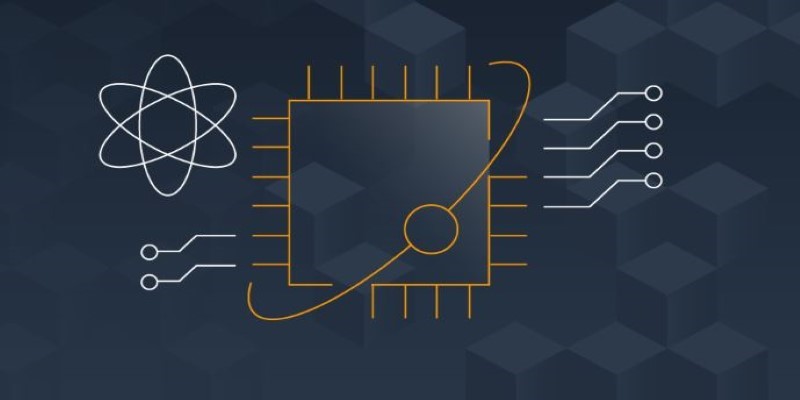Artificial Intelligence is transforming the world around us, from healthcare to finance, shaping decisions that directly impact our lives. However, there's a major challenge that remains largely hidden from most users: The Black Box Problem. While AI systems make complex decisions, understanding how these decisions are made is often impossible.
This lack of transparency raises important questions about trust, fairness, and accountability. As AI becomes more integrated into critical sectors, we must solve the puzzle of Understanding AI Decisions. Without clarity on how AI thinks, we risk allowing machines to make choices that affect us in ways we can't comprehend or control.
The Black Box Problem reveals a key challenge in understanding AI decision-making. Unlike traditional software, which follows predefined rules set by human programmers, modern AI, especially machine learning models, learns from vast datasets. These systems identify patterns and make connections that might not be immediately obvious. Deep learning algorithms, for instance, employ intricate layers of code that adapt and change as they receive more data, allowing them to become more intelligent with time—although the process tends to render their decision-making transparent and interpretative.
Whereas this flexibility gives AI strength, it also creates a dilemma: even the people who design such systems themselves cannot always clearly explain how they came to a particular conclusion. The system can analyze thousands of pieces of information, discerning correlations that are tricky, if not impossible, for humans to follow. This opacity is even more important when AI makes decisions impacting human lives—such as disease diagnosis, predicting crime, or identifying fraud. Without transparency about how these decisions are made, understanding AI decisions becomes an intimidating task, even for professionals and the general population.
Understanding how AI makes decisions is far more than a technical concern—it’s a cornerstone of trust in the systems that shape our lives. In sectors like healthcare, finance, and law enforcement, AI's influence is profound. Yet, when people don’t fully grasp how these systems function, they’re less likely to trust them, particularly when those systems are making high-stakes decisions on their behalf. Without transparency, AI can feel like a mysterious and unpredictable force, leaving individuals uncertain about how their lives are being affected.

Beyond trust, transparency in AI is critical for ensuring fairness and preventing harm. Imagine being denied a loan by an AI system with no explanation. If that decision is rooted in biased data or flawed reasoning, it could reinforce unfair discrimination without anyone being aware. This highlights why The Black Box Problem is not only a technical issue but a pressing social concern.
As AI continues to weave itself into the fabric of daily life, regulators are starting to take notice. New laws are emerging that require AI systems to be explainable in clear, understandable terms. In this rapidly evolving landscape, understanding AI decisions is no longer optional—it's a necessity to ensure that AI development remains ethical, accountable, and aligned with human values.
Solving The Black Box Problem is not easy, but several approaches are being explored to make AI more transparent. One method is called Explainable AI (XAI). XAI focuses on developing AI systems that can provide human-readable explanations for their decisions. Instead of just answering, these systems aim to show the user why a particular decision was made.
Another approach is the use of simpler models. While complex deep learning models offer high accuracy, they are often harder to explain. In some cases, developers are choosing simpler algorithms that are easier to understand, even if they sacrifice a small amount of accuracy.
Visualization tools are also being developed to help researchers and users see how an AI system is working. These tools highlight which parts of the input data were most important in the decision-making process. For example, in image recognition, a visualization tool might show which parts of the image the AI focused on when identifying an object.
Some companies are also building auditing systems. These systems keep records of AI decisions and can be reviewed later to check for errors or bias. This is an important step toward Understanding AI Decisions and making AI systems accountable.
The future of AI depends heavily on overcoming The Black Box Problem. As AI systems become more integrated into daily life, users will demand clarity and fairness in how these systems operate. Trust will be built not just on accuracy but on transparency and accountability.

AI developers will need to focus on designing systems that balance performance with explainability. While it may not always be possible to fully explain every decision made by a deep learning model, progress is being made toward better tools and methods that bring us closer to Understanding AI Decisions.
In the years ahead, we can expect regulations to become stricter, requiring companies to provide clear explanations of their AI models. This will also push for higher ethical standards in AI design and data use. Companies that lead the way in transparency will likely earn more trust from users, setting a new standard for the industry.
Ultimately, the goal is to turn the "black box" into a "glass box" — a system where users can see how AI decisions are made, ensuring that technology serves people in a fair, honest, and reliable way.
The Black Box Problem in AI poses significant challenges to understanding how AI systems make decisions. As AI becomes more integrated into everyday life, transparency and accountability must be prioritized. Solving this problem through Explainable AI and simpler, more transparent models is essential for building trust, ensuring fairness, and reducing bias. While fully understanding every AI decision may not be possible, progress is being made to make these systems more transparent. The future of AI depends on bridging this gap, allowing users to feel confident that AI decisions are both fair and understandable.

Understand how transformers and attention mechanisms power today’s AI. Learn how self-attention and transformer architecture are shaping large language models

A recent study reveals OpenAI’s new model producing responses rated as more human than humans. Learn how it challenges our ideas about communication and authenticity

AI changes the workplace and represents unique possibilities and problems. Find out how it affects ethics and employment

Natural Language Processing Succinctly and Deep Learning for NLP and Speech Recognition are the best books to master NLP

The Black Box Problem in AI highlights the difficulty of understanding AI decisions. Learn why transparency matters, how it affects trust, and what methods are used to make AI systems more explainable

Know the pros and cons of using JavaScript for machine learning, including key tools, benefits, and when it can work best

Boost your Amazon sales by optimizing your Amazon product images using ChatGPT. Learn how to craft image strategies that convert with clarity and purpose

Speech recognition uses artificial intelligence to convert spoken words into digital meaning. This guide explains how speech recognition works and how AI interprets human speech with accuracy

How AWS Braket makes quantum computing accessible through the cloud. This detailed guide explains how the platform works, its benefits, and how it helps users experiment with real quantum hardware and simulators

Master MLOps to streamline your AI projects. This guide explains how MLOps helps in managing AI lifecycle effectively, from model development to deployment and monitoring

AI can't replace teachers but transforms e-learning through personalized learning, smart content creation, and data analysis

How to visualize proteins using interactive, AI-powered tools on Hugging Face Spaces. Learn how protein structure prediction and web-based visualization make research and education more accessible